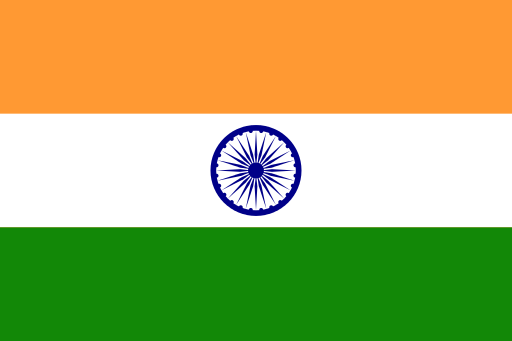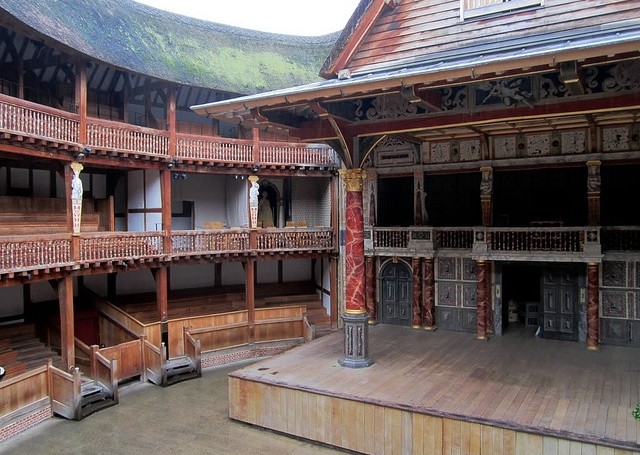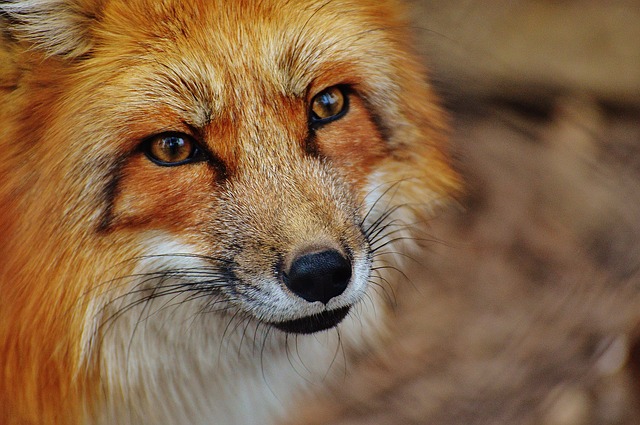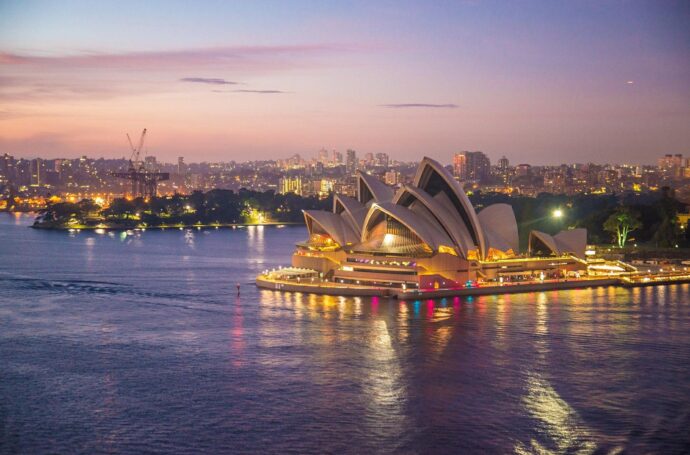
This essay was provided by http://smartwritingservice.com/essay.html
India has always been attractive to the people from all over the world. The Aryans, the Persians, the Mongolians, the Chinese, the Portuguese and the British traded with the Indians or invaded this country because of its resources and authentic culture. The British began ruling in India in the 18th century and their invasion lasted for 200 years. Needless to say but the Indians wanted to get rid of their conquerors. There were numerous rebels aimed at the restoration of the complete independence of India. The current understanding of the Indian freedom movement is associated with the complex of local and national campaigns on the territory of the British Raj. The rebels utilized non-violence methods and armed struggle to reach their goal. Why do the Hindu wanted to achieve freedom? This aspiration is natural and sensible, because there is hardly a country in the world that has managed to build its strong economy being a part of an empire. Such countries are not prospective and they cannot be wealthy and self-sufficient. The Hindu understood it in the second part of the 19th century. This period is characterized with the rapid development of the Indian nationalism and anti-colonial ideas.
The first cases of rebellions occurred in the 19th century when the Hindu soldiers became to be recruited into the army. The British officers treated them like second-rate people. Moreover, they did not respect their traditions and values. The local people felt the pressure of Christianity. Mangal Pandey is believed to be the first man who encouraged the Indian people to rise against the British rule in Meerut. He killed a British officer and was sentenced to death. Then, the people of Meerut continue the rebellion and killed numerous Europeans and Christians. The rebellion of 1857 was vital for the freedom movement in India, because it changed the policy of the Crown in this country. Queen Victoria had to change something in order to have influence in India. Therefore, the local orders, laws, religion and traditions were tolerated by the British.
The organized movement developed in 1885 in Bombay when the Indian National Congress was founded. It is supposed to be one of the oldest political parties in the world. It was created by the representatives of the western-educated intellectual elite (Allan Octavian Hume, Dinshaw Wacha, etc.). They represented such professions as law, education and journalism. As might be expected, the INC did not possess its strict ideology at first. It functioned like a debating society that discussed such problems as inequality and civil rights. They wanted to make the British government provide the Indian people with the right to occupy the civil service. Finally, the initial ineffectiveness of the INC is explained by the fact that they voiced the interests of the Hindu elite omitting the needs of other social classes. Very soon, the INC became the largest party in the world inasmuch as it contained more than 70 million members who struggled against the British rule.
In 1907, the INC split into two sections. The first party was radical. Its leader, Bal Gangadhar Tilak proclaimed the idea of the direct revolution against the British Empire. The second party was moderate. Headed by Nadabhai Naoroji, it supported the idea of the reforms in India under the British rule. Both leaders could not find a compromise and the organization lost its popularity among people.
World War 1 was a tragedy for India whereas the country had to provide the Empire with 1.3 million soldiers and resources. The Crown was afraid of rebellions that could have occurred in India and was ready to apply force to crush them. Thus, the non-violent methods of resistance were dominant at that period. These methods are associated with the leader of the INC Mahatma Gandhi. He started his non-cooperation movement in 1920 after the adoption of the Rowlatt Acts and Jallianwala Bagh massacre. The entire country understood that they could not live in peace and prosperity under the British rule. During World War 2, such military nationalistic organizations as the Indian National Army and the Quit India Movement became popular in the country. Undoubtedly, these movements exhausted the British Empire and it had to agree to the Partition of India. In 1947, India was divided into two sovereign states – the Union of India and the Dominion of Pakistan. India existed as a dominion of the Crown by 1950 when the country created its constitution and became a republic.


